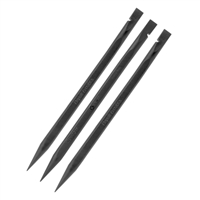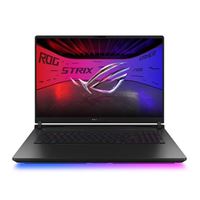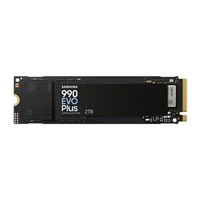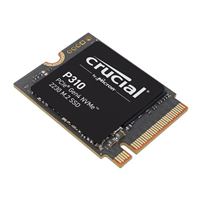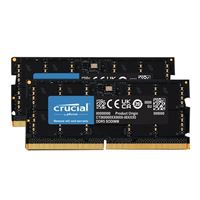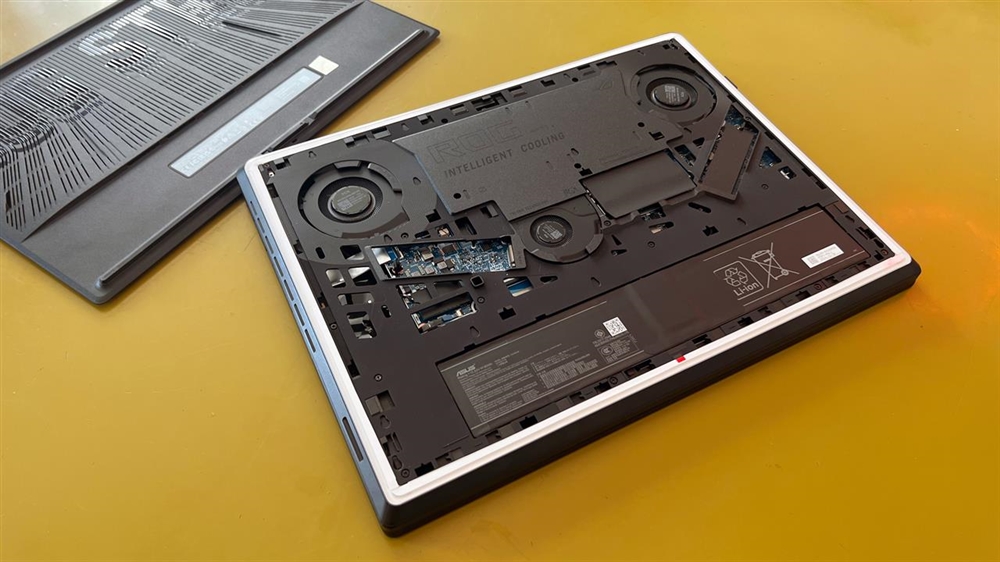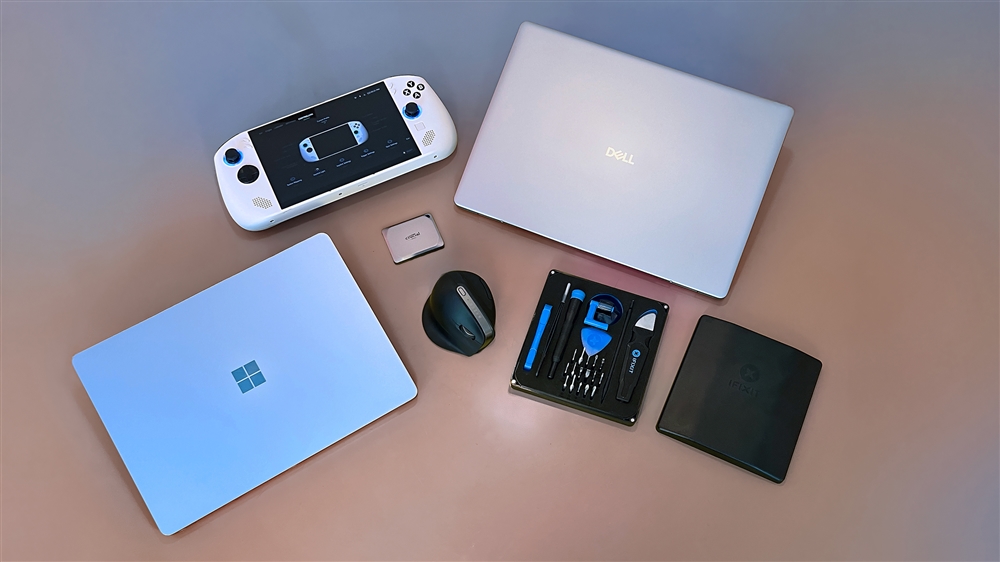How to Upgrade Your Laptop's RAM and Storage
You might be able to upgrade your laptop more than you expect. Here's how to figure out what's possible.
There are a lot of reason why you might want to upgrade a laptop. An upgrade can expand the lifespan of your device by years or bolster its speed and capabilities.
Hardware upgrades aren't just for older laptops. A quick upgrade can save you of money when buying a new PC, too; buy the laptop you like and add the storage and RAM you want as needed. I've personally bought gaming laptops on sale, opened them up and installed more storage and RAM, saving hundreds of dollars.
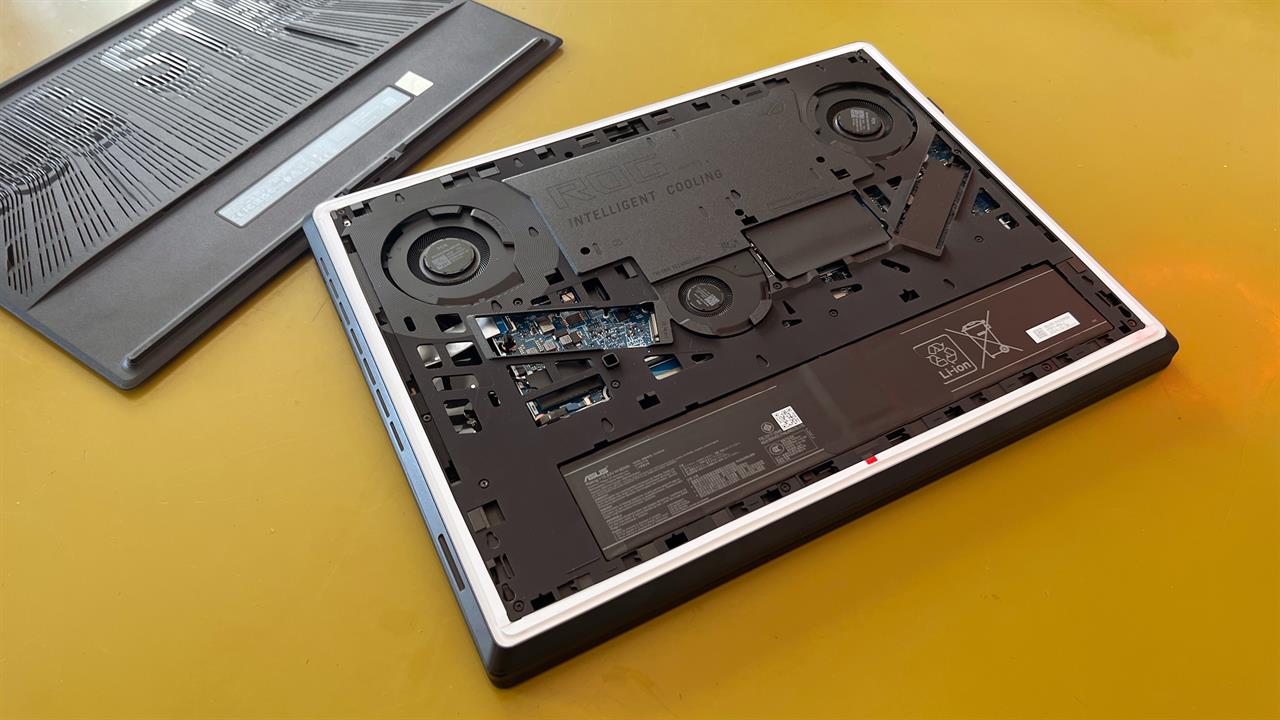 Photo: Dan Ackerman
Photo: Dan Ackerman This can be an excellent tune-up for older laptops, too. If your machine just needs more RAM or its storage is getting cramped, a quick upgrade may get it where it needs to be. But not all laptops are easily upgradable, and not all upgradable laptops require the same hardware. Here's what you need to know.
Beyond memory and storage, it's dicey
If a laptop is upgradable, you'll likely be able to upgrade its RAM, or memory, and SSD or HDD, or storage. The laptop may even come with empty RAM or SSD slots so you can add more without removing what it came with.
These are often pretty easy upgrades to make. Beyond that, however, things can get dicey. If you're thinking about upgrading a laptop's CPU or swapping out the motherboard, you're well into the world of extreme teardown-and-rebuild projects. I'd advise sticking with the memory and storage upgrades.
How to check whether a laptop is upgradable
Not every laptop is easily upgradable. Often, you need a "spudger" to pry open a laptop by dislodging plastic tabs holding it together. That's not the simplest experience, but it works fine. And there are almost certainly videos on YouTube (or iFixit) that will walk you through opening up your specific model of laptop.
For example, I've reviewed multiple Framework Laptops, and I always enjoy assembling them and opening them up with a screwdriver. And some laptops, like the latest Asus Strix Scar 18, offer tool-free access to RAM and storage slots.
But the average upgradable laptop is pretty easy to open, too. Sure, it may take a minute or two longer, but that's no big deal: You don't need to speedrun a one-time upgrade.
Here are some rules of thumb — but be sure to check your specific laptop:
- Business laptops are usually upgradable, as IT departments are always looking for upgradable devices to make their jobs easier.
- Thin and compact ultrabook-style laptops are often glued shut — or they may have soldered components even if you could get them open.
- Consumer laptops can be surprisingly upgradable — if they're not the thinnest machines on the market.
- Gaming laptops can be easy to open and upgrade, or they can be difficult, depending on the model and manufacturer. In general, a larger and bulkier gaming laptop is usually easier to upgrade than one focused on being as thin and compact as possible.
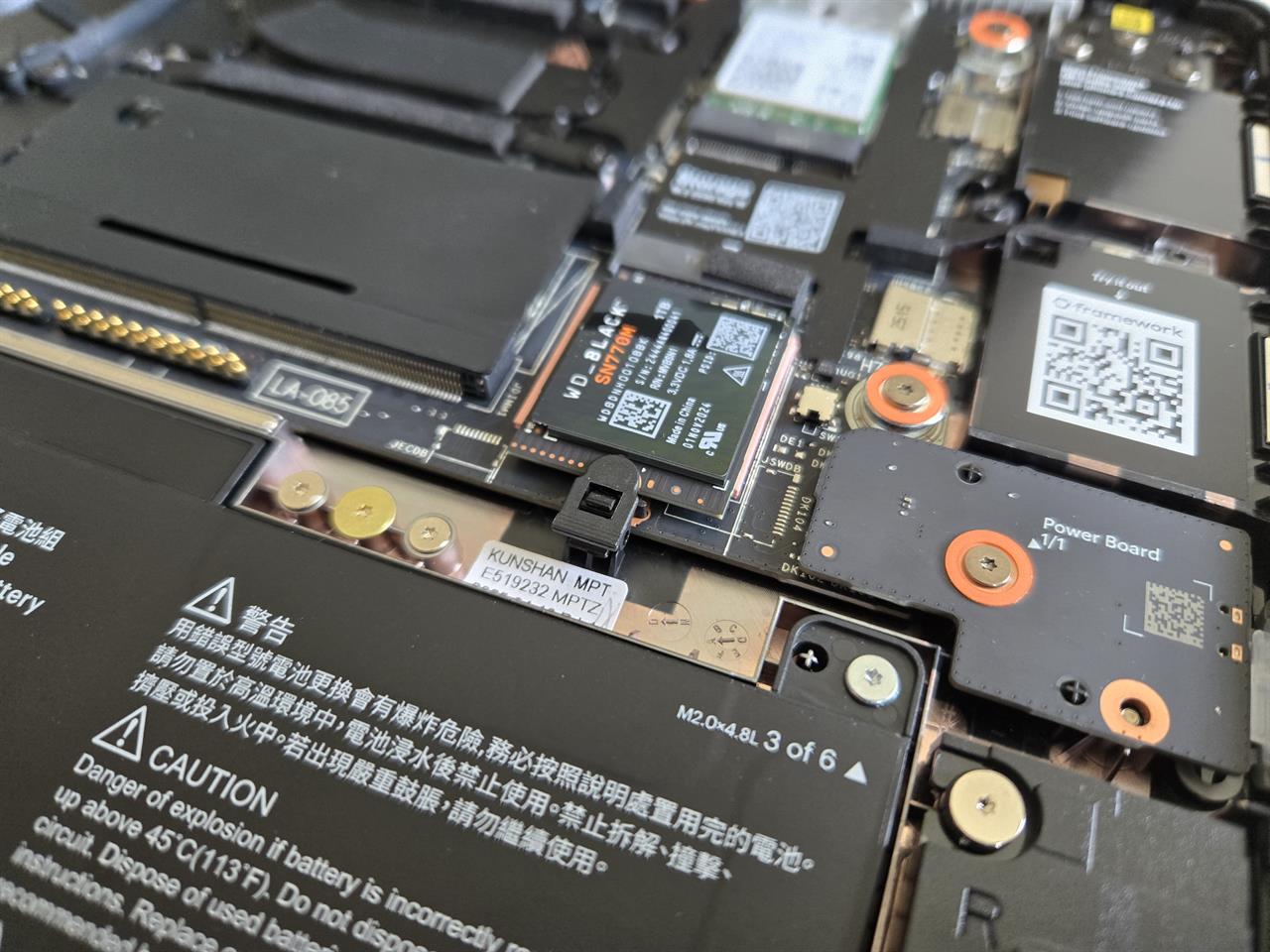 Photo: Chris Hoffman
Photo: Chris Hoffman - Perform a web search for the model of your laptop and "RAM upgrade" or "SSD upgrade." You'll often find online discussions on Reddit and other sites where people share first-hand experience.
- Look for YouTube videos walking you through opening and upgrading your specific model of laptop.
- heck the laptop manufacturer's website for a service manual for your exact model. It'll be packed full of all the technical details and instructions you need.
How to pick the right SSD upgrade for your laptop
If you can easily upgrade your laptop's storage, you'll need to know what hardware it supports.
The average modern laptop supports PCIe Gen4 NVMe M.2 SSDs. However, there are different sizes of m.2 SSDs. The average laptop will use a 2280 SSD, but some more compact devices — including the handheld Steam Deck — use a more compact 2230 SSD. Check the SSD slot size for your laptop before buying an SSD.
Oh, and one more thing: If your laptop has multiple storage slots, you're in luck as you can plug in a second SSD and immediately get more storage. If your laptop has a single slot, though, you'll be removing the internal drive that's in there already, which means reinstalling Windows or copying your OS image to the new SSD.
How to pick the right RAM upgrade for your laptop
RAM upgrades can be a little more involved as there are more decisions to make while shopping. You can do a lot of things with an SSD upgrade that won’t work for your RAM.
I recommend buying new laptop RAM and swapping out your laptop's existing RAM. Laptops do not like RAM that has been mixed-and-matched, so be sure not to add a second, different stick into your device. Ideally, you should opt for a kit of two matching RAM modules. That will be faster than a single stick of RAM.
If you want to keep the RAM your laptop already has and add a second stick, you'll ideally want a matching stick of RAM: Both the same brand and the same speed. This isn't necessarily required, but PC users generally recommend not using mismatched RAM as it helps avoid problems.
But which RAM should you buy? It all depends on the speeds your laptop supports and how many RAM slots it has. You can check the service manual or watch an upgrade video for your exact model of laptop to learn more.
Of course, if you’re still not sure how to upgrade your laptop or if you even want to, you can bring it into your local Micro Center. Our Knowledge Bar associates will happily walk you through your options and even offer services to handle the upgrade for you.


